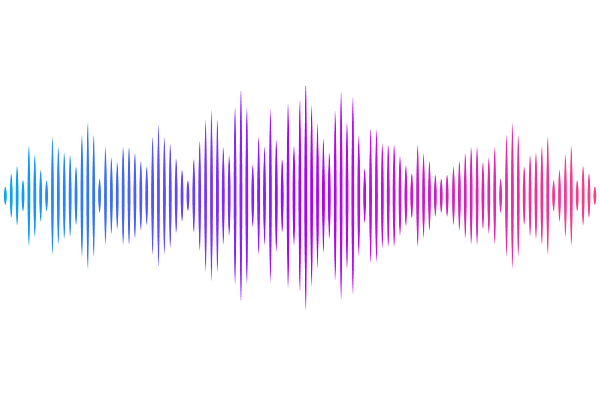Electromagnetic signatures from pulsar remnants of binary neutron star mergers: prospects for unique identification using multi-wavelength signatures

Electromagnetic signatures from pulsar remnants of binary neutron star mergers: prospects for unique identification using multi-wavelength signatures
Mainak Mukhopadhyay, Shigeo S. Kimura
AbstractBinary neutron star (BNS) mergers can result in the formation of long-lived magnetar remnants which can enhance neutrino and electromagnetic (EM) emissions. In this work, we study the resulting multi-wavelength EM emissions and the prospects of their detectability in the current and upcoming EM telescopes. We model the pulsar-wind neubla system where the long-lived pulsar with dipolar magnetic fields of $10^{13} - 10^{15}$ G (magnetar) spins down and is surrounded by an outward expanding nebula and kilonova ejecta. Although at early times post the merger, the EM signatures are unobservable due to heavy attenuation, they become observable on timescales of $\mathcal{O}(1 - 10)$ days after the merger. We find that the survey and follow-up observations have horizon distances $\gtrsim 1\ \rm Gpc$ for most of the wavebands and conclude that the detection prospects for such long-lived remnants in the electromagnetic channel are promising. This is of crucial importance for multi-messenger observations from BNS mergers to constrain the physical parameters of the remnants. Furthermore, we highlight how observations across the electromagnetic band can uniquely identify magnetar-powered transients resulting from BNS mergers and establish concrete associations of the detected gravitational wave signatures with such transients.